Best lightweight bikes 2025: Fast on the flat and fast uphill, we've tested the lightest road bikes
The best lightweight bikes combine low weight with cutting-edge features to conquer the climbs

The best lightweight bikes can now give you a great mix of low-weight and aerodynamic performance.
Gone are the days when you had to sacrifice efficiency and on-the-flat speed for an easier ride in the hills, with many lightweight bikes featuring among the best road bikes. The majority of these bikes and the components with which they're fitted give you aero benefits while still often coming close to or below the 6.8kg weight limit that the UCI imposes on its sanctioned competitions.
After a few years of disc brake-equipped race bikes being a little on the heavy side, it now seems the best race bikes are heading back down around the UCI weight limit mark whilst still retaining aero features and designs. The exception below is the Specialized Aethos, where aero gains have been sacrificed for out-and-out low weight. Specialized has carried over design features of the Aethos to the new Tarmac SL8 though, where you do get both.
The low overall weight of the best lightweight bikes is despite the general shift to disc brakes, which still weigh more than their rim brake counterparts. Bike brands have learned how to use the properties of disc brakes, and the thru-axles with which they almost always come, to build a lighter frame that's still as stiff as one using rim brakes. There are fewer physical constraints on disc brake wheel rims, with the best lightweight wheels saving even more weight, while being wider and more aero themselves.
Below are our picks of the best lightweight bikes available today, followed by a short buyer's guide on what to look for when choosing.
Best lightweight bikes: quick list

The Aethos achieves a 6.1kg weight in S-Works guise, although that means round tubes and external cables.
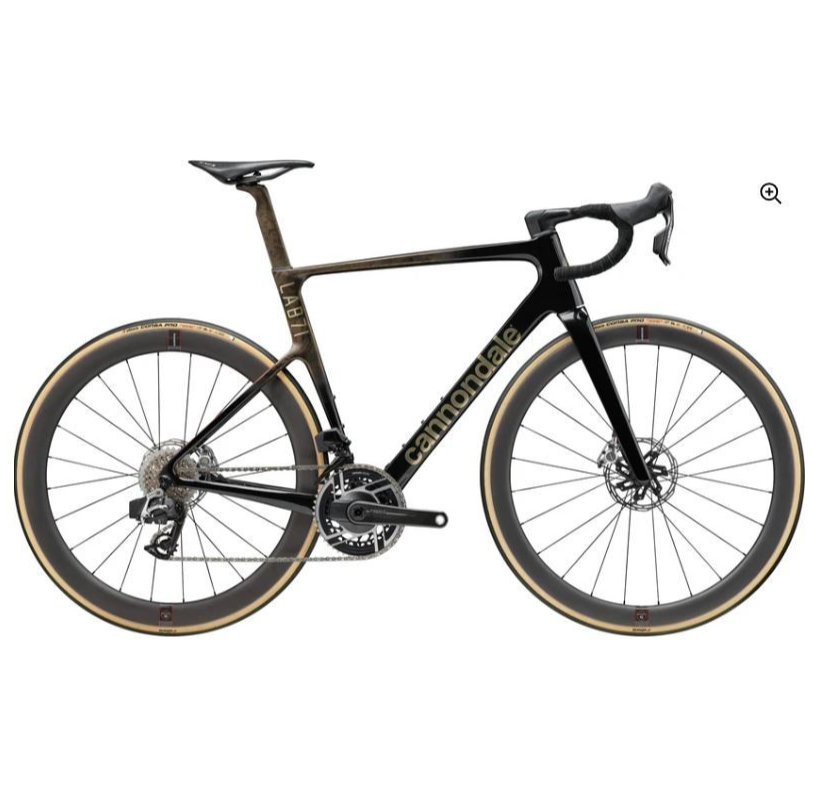
The new SuperSix EVO is more aero than its predecessor and the top-spec LAB71 frame is lighter too.
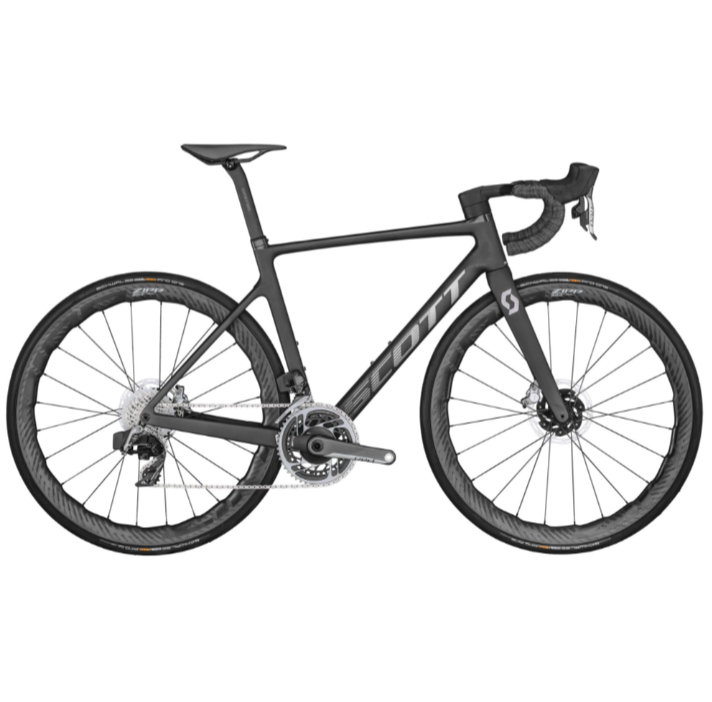
At 6.4kg, the Addict RC is impressively lightweight, handles beautifully and adds aero to the mix.

A seriously light, springy and aggressive hill climbing machine with impressive aerodynamics.
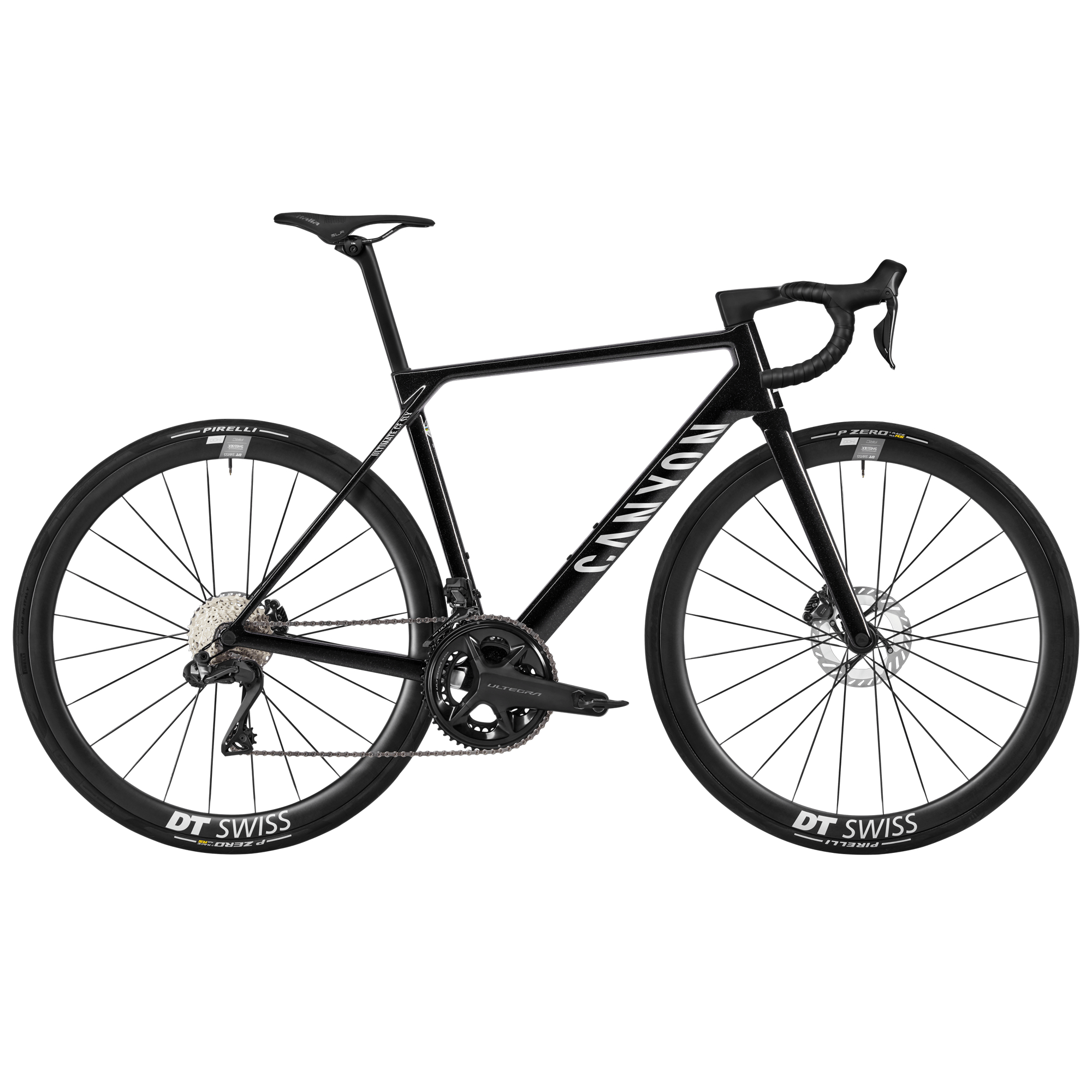
A cheaper option for a light-ish lightweight bike, the Canyon Ultimate CF SLX 8.0 offers impressive performance with a quality spec.
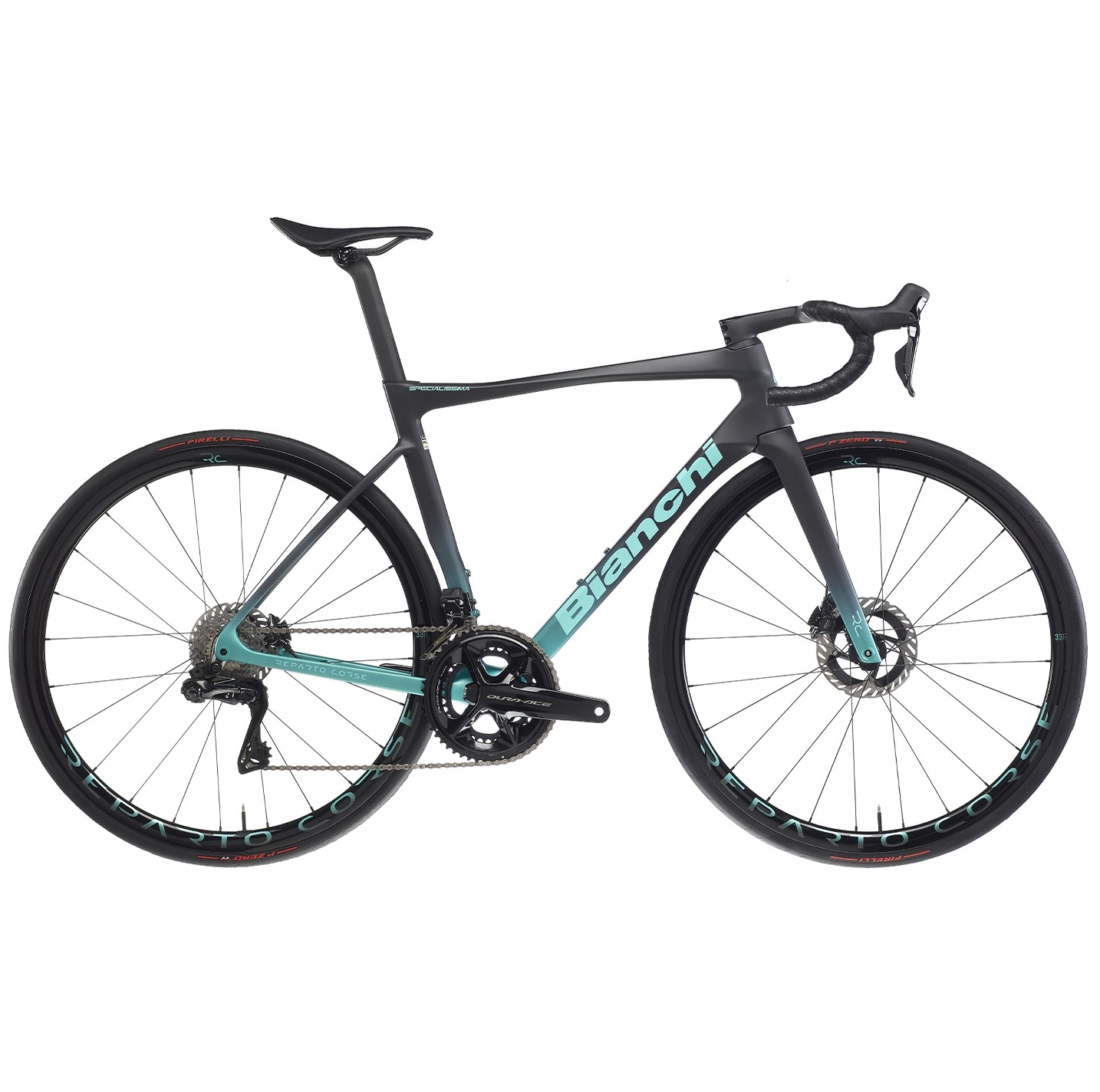
The new Bianchi Specialissima RC is more aero and more integrated, as well as lighter at 6.56kg.
Last updated on 10th of June 2025 This guide was last reviewed in June 2024 to update to the newest version of bikes and link to our reviews where we've ridden them. The buyer's guide was also refreshed.
Best lightweight bikes
Best lightweight bike

Specifications
Reasons to buy
Reasons to avoid
✅You want the lowest weight: The Aethos prioritises low weight but doesn't sacrifice ride quality
✅ You want classic looks: The round tubes and raised seatstays look clean and classic
❌ You want aerodynamics: There's no attempt to make the Aethos aero
❌ You want an integrated cockpit: That extends to the two-piece cockpit and external cables
Rather than aiming for a bike that fitted conveniently with the UCI's rulebook, Specialized went all-in for a lightweight machine with the Aethos, resulting in a frame weighing just 585g +/- 5g for a size 56cm, and a full build, here with Shimano Dura-Ace, that weighs just 6.1kg.
Specialized has also majored in building a frame that's stiff in all the right places but shunned the lightweight/aero idiom with round tube profiles to keep the frame's weight to a minimum, resulting in what's claimed to be the lightest disc brake frameset available. It's also a pretty good-looking one.
The brand has bolted as many lightweight components as it can muster onto the S-Works model, with a set of 1,265g Roval Alpiniste CLX II wheels, a 9g 4iiii power meter and titanium bolts everywhere. It has retained a threaded bottom bracket though.
Geometry is the same as the Tarmac SL8 (see below), resulting in a ride that's as fast downhill and through corners as it is when the road tilts upwards.
For more details check out our Specialized Aethos first look.
Best all-rounder
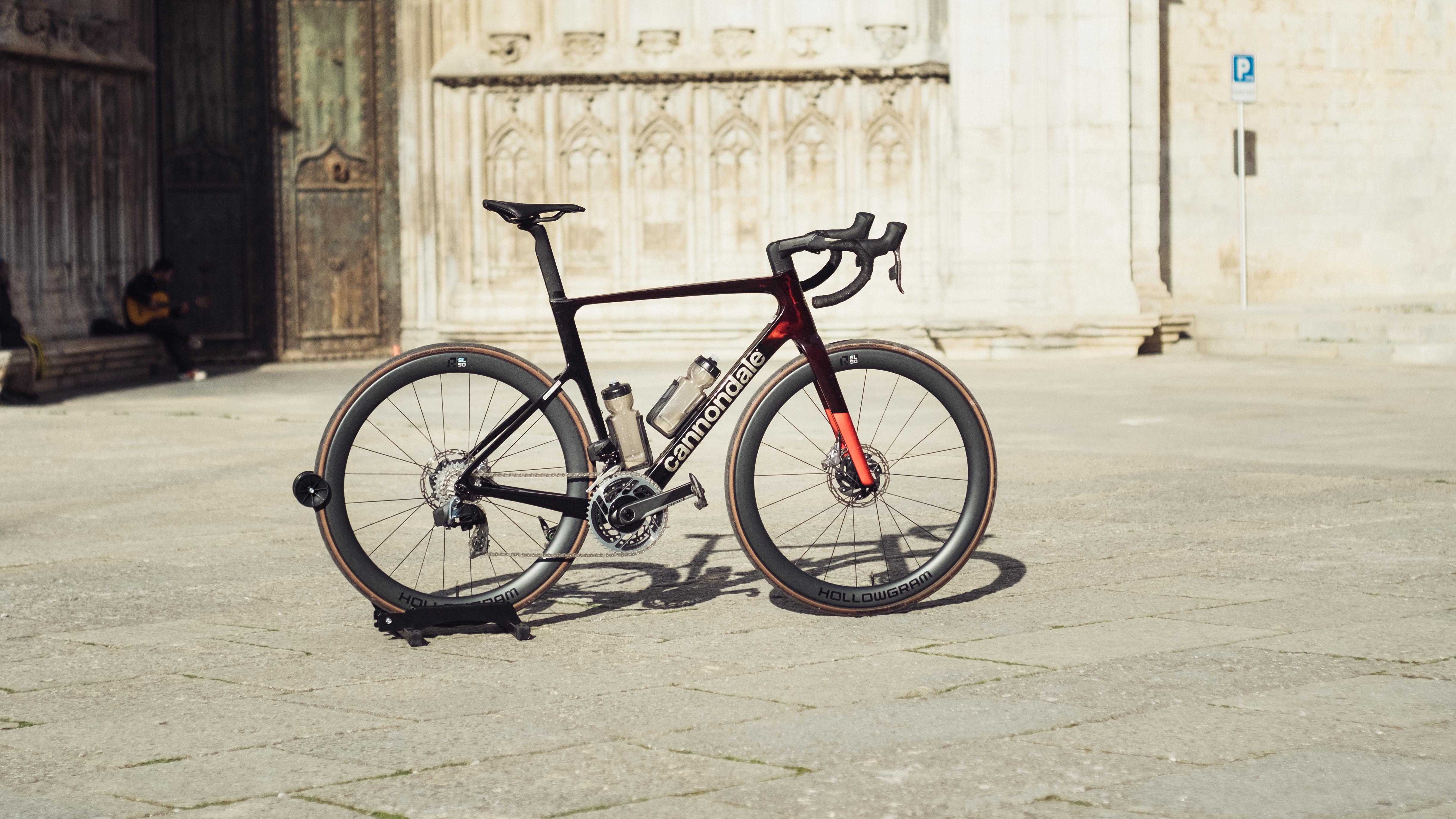
Specifications
Reasons to buy
Reasons to avoid
✅ You want aerodynamics: Not only is the Cannondale reasonably lightweight, it also scored well for aerodynamics in our wind tunnel test
✅ You want great handling: The SuperSix is renowned for its quality ride and the LAB71 SuperSix Evo is no different
❌ You want less fussy Di2: The battery is inside the downtube and could be susceptible to rain
❌ You want a power meter: Even the top-spec bikes don't include one
A happy conjunction has seen Cannondale update its SuperSix Evo and release its premium LAB71 series bikes together at the start of 2023. The result is a fourth generation of Cannondale's lightweight/aero machine that's, well, more lightweight and more aero.
The LAB71 SuperSix Evo hits the UCI 6.8kg limit, with a painted size 56 frame weighing 770g. Although the geometry hasn't changed - no bad thing - aero tweaks have saved 12 watts which saw it positioned amongst the top-scoring bikes in our super bike wind tunnel test.
Cannondale incorporates a battery slot ahead of the bottom bracket, allowing it to fit a skinnier seatpost, for example. Like the Aethos, the SuperSix Evo also now sports a threaded bottom bracket.
Our first ride on the SuperSix Evo 4 around Girona displayed the bike's all-around characteristics: light on the climbs, fast on the flat, great handling on descents, lively when you want it to be but mellow when you ride easy.
Head over to our Cannondale SuperSix Evo 4 first ride review for more details.
Best for performance

Specifications
Reasons to buy
Reasons to avoid
✅You want ultra-low weight: Our size 54 bike weighed in at 6.4kg, including pedals, a bottle cage, and a clip-on computer mount
✅ You want performance handling: Sharp and responsive handling makes the Addict RC a joy on twisting descents
❌ You want a robust computer mount: The 12g titanium mount broke when testing and it's an extra on the bike price
❌ You want a lower price: The Addict RC Ultimate's price is top-end
The 2025 Addict RC Ultimate unsurprisingly sits at the top of Scott's lineup and at 6.4kg even with pedals and a bottle cage it's one of the lightest bikes we've reviewed. Scott has revised its fabrication process and lowered the weight of the bar/stem, seatpost and clamp. It even slots a Torx T25 tool into the bar-end, which fits almost all the bolts on the Addict.
The Ultimate spec model comes with a selection of the best road bike components, featuring all-carbon 1,170g Syncros Capital SL 40 wheels with Schwalbe Aerothan tyres and tubes that add just 334g per set.
Our reviewer, Will, was blown away by the astounding low weight, but that's not at the expense of frame and wheel stiffness or pin-sharp handling. Scott claims a 12-watt improvement in aerodynamics over the previous generation bike too. The result is a bike that has blistering acceleration, no matter the gradient, and can descend with equal enthusiasm.
Check out our Scott Addict RC Ultimate review.
Best for uphill performance
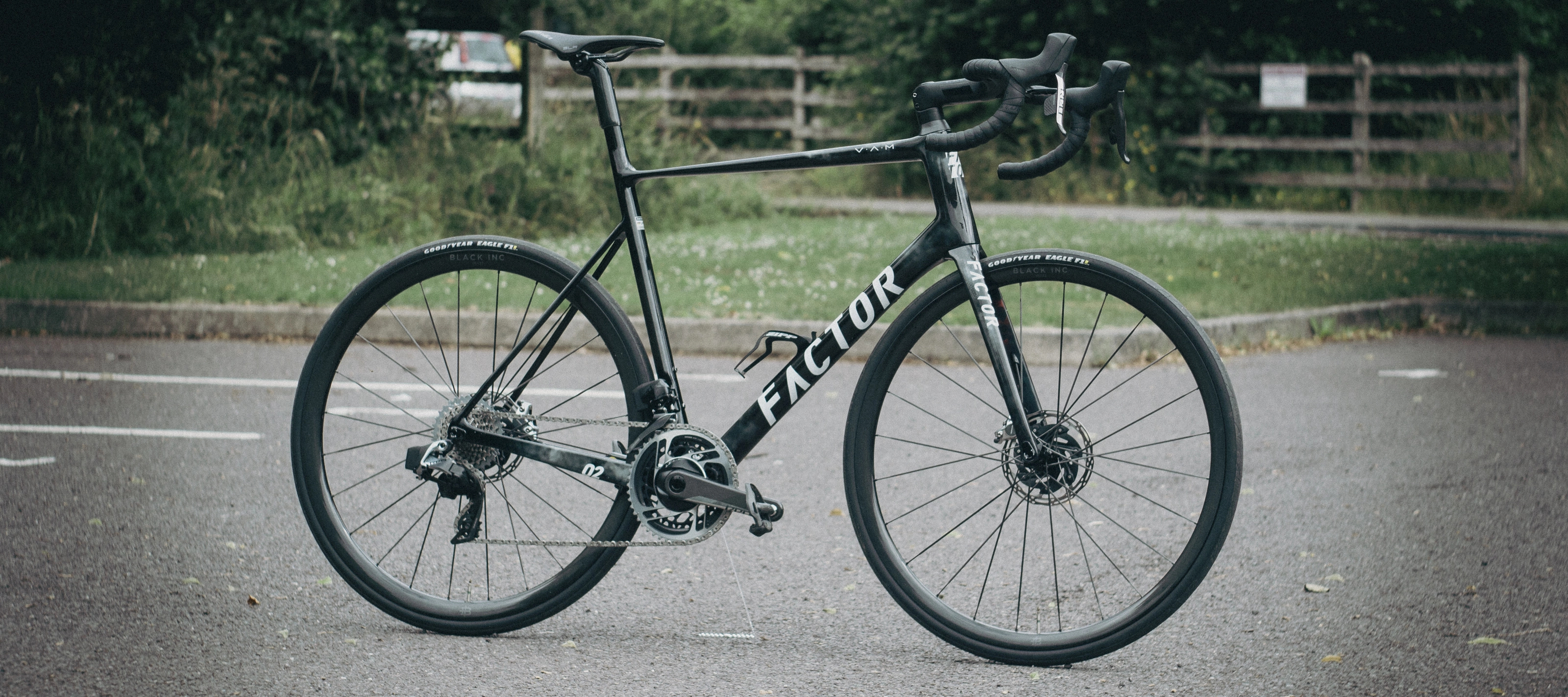
Specifications
Reasons to buy
Reasons to avoid
✅You want racy geometry: The O2 VAM is geared to pro-level climbing bike requirements
✅ You want top spec components: Black Inc's 1,146g wheels and bar/stem are top notch
❌ You want greater adjustability: The O2 VAM's seatmast limits saddle height adjustment
❌ You want more of an all-rounder: The Ostro VAM is more aero and not a lot heavier than the O2 VAM
The Factor O2 VAM Disc can easily hold its own against the segment's best road bikes. It's seriously light, more than fast enough on the flats and descends with a level of confidence. Sure, there are faster bikes out there but unless you're riding at the highest level of the sport or testing it back-to-back against its rivals in a controlled environment, those nuances are imperceptible to us mere mortals.
We said most people would probably be better served by the brand's more aero Factor OSTRO VAM, but if you are in the market for a stunning, lightweight bike that makes you feel sprightly every ride, the O2 VAM may be just the ticket.
We've completed our review of the latest generation Factor O2 VAM which launched in late 2023. Factor claims that it improves on its predecessor's aerodynamics by 12 watts in its wind tunnel tests and that it is 35 per cent stiffer than the previous generation bike.
Best value

Specifications
Reasons to buy
Reasons to avoid
✅You want a top spec at a good price: Canyon's bikes offer high specs and good value
✅ You want a good spread of price points to choose from: Canyon offers a broad range of Ultimate specs, not just flashy, pricier options
❌ You want lower weight: The CF SLX build we tested wasn't featherweight, but CFR bikes lower the weight
❌ You want to see before you buy: Canyon is increasing its physical presence, but it's still geared toward online sales
The fifth generation of the Canyon Ultimate is available in three guises. We tested the SLX with Canyon's mid-spec carbon, but head up to the CFR frame and you can expect a weight of around 6.3kg - and it's still not as expensive as most of the bikes here.
Our test bike came with Ultegra 12-speed (with a 4iiii power meter) and DT Swiss ARC 1400 Dicut db wheels but still weighed in at a featherweight 7.4kg with pedals. All specs get the same adjustable-width bar/stem as used on the Canyon Aeroad, there's a D-shaped seatpost and 32mm tyre clearance. There is also a wide range of sizes available, with smaller frames coming with 650b wheels for similar handling to the larger sizes which run on 700c wheels.
We found that the Ultimate shone uphill, particularly when things got steep, with a stiff frame and weight distribution that gets you more over the pedals than some other options. With aero flourishes, it ticks along happily on the flat too, although the handling is on the edgier side.
For more details head over to our Canyon Ultimate CF SLX 8.0 review.
Best Italian lightweight superbike
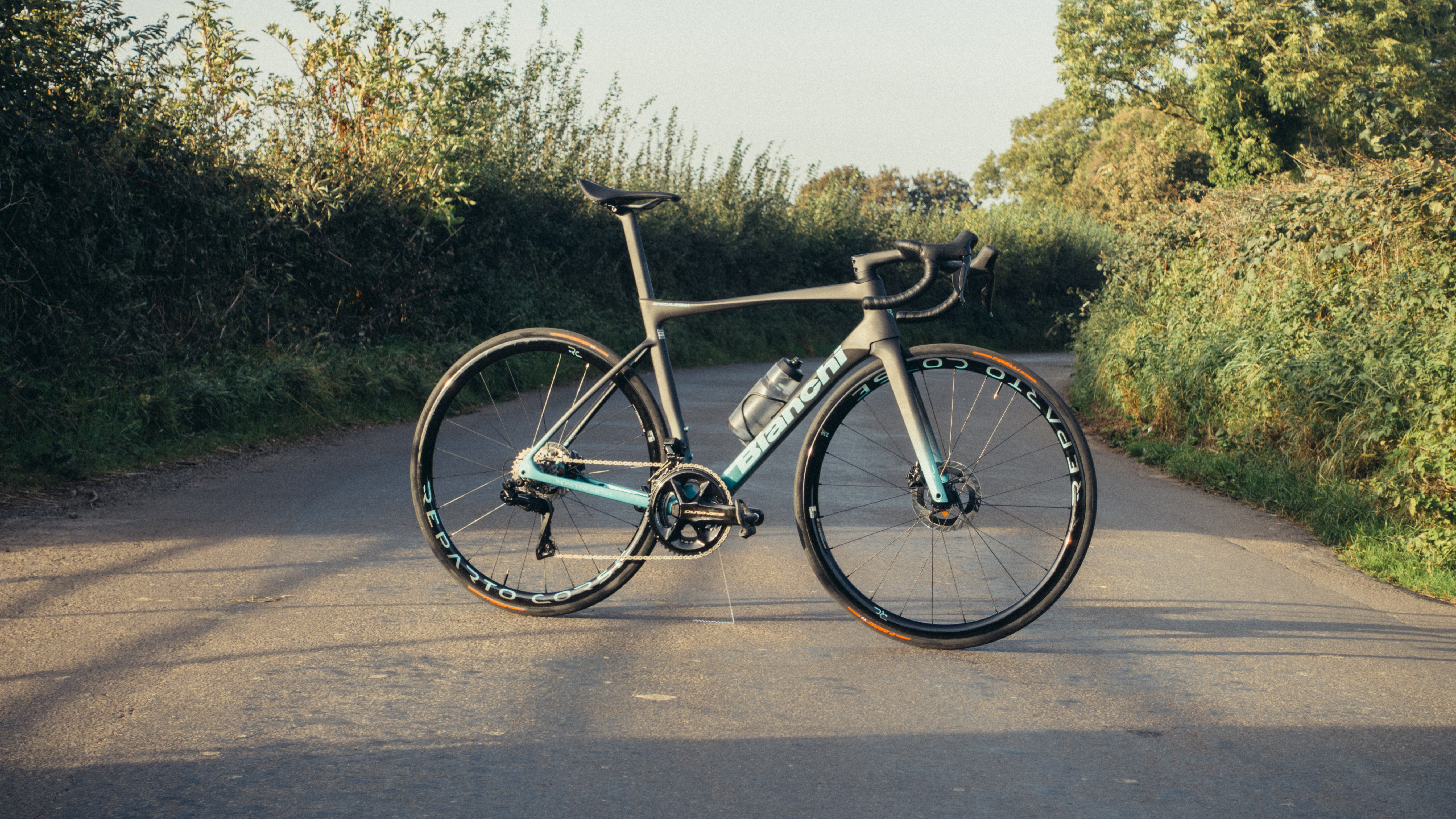
Specifications
Reasons to buy
Reasons to avoid
✅You want an Italian bike: Bianchi is an Italian classic
✅ You want a dose of aero: Not only is the Specialissima extremely light, but Bianchi has made the current generation bike more aero
❌ You want easier availability: Bianchi bikes can be difficult to find
❌ You want grippy tyres: Bianchi specs 26mm TT tyres, they are fast in a straight line but don't inspire confidence like a wider grippier tyre would.
Bianchi has reworked the Specialissima, with improved aerodynamics and a weight that now sits at 6.56kg for a size 55 in top RC spec.
As with the Tarmac SL8, the front end is where the aero treatment has been greatest, with a one-piece cockpit and nose cone to the head tube, while weight is saved at the rear. Bianchi claims that the Specialissima will be faster than its Oltre aero bike at a relatively shallow gradient of between 4 and 6 per cent.
With its weight, it's no surprise that we found the Specialissima a formidable climber. Its aerodynamics also make it feel fast on shallower climbs and on the flat, while the inertia feels lower than when riding an aero bike.
Bianchi's wheels weigh a claimed 1,380g and the bike rolls on 26mm tyres, both of which help, although the tyres don't provide the feeling of cornering confidence or the comfort of wider options. The ride feels slightly jittery and the Specialissima feels more generic than Bianchi's heritage would indicate.
To find out more, head over to our Bianchi Specialissima RC review.
Best for ride comfort
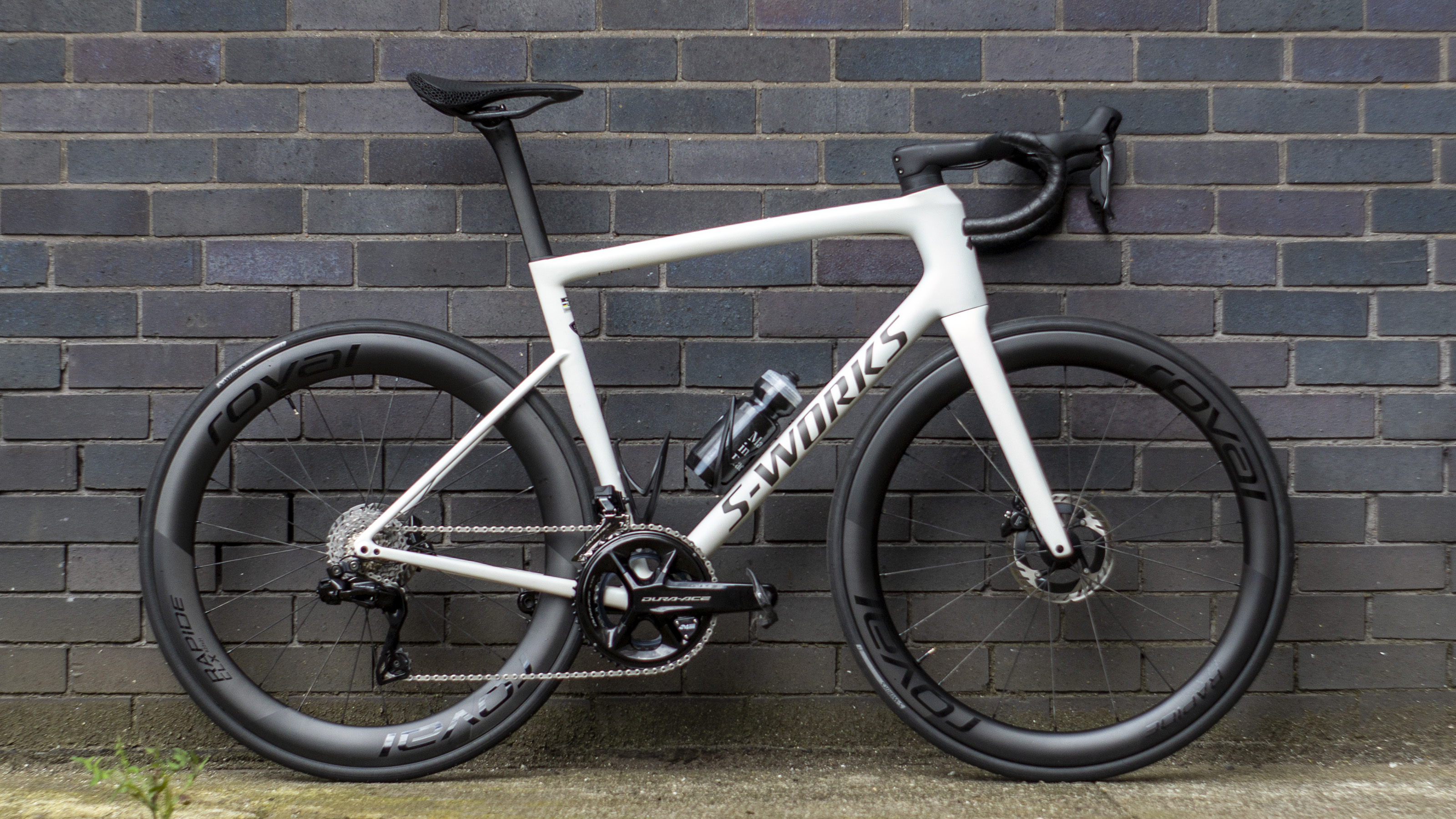
Specifications
Reasons to buy
Reasons to avoid
✅You want a pro-level bikes: The Tarmac has a high profile in the pro peloton
✅ You want aero plus low weight: The Tarmac is designed for aerodynamics as well as low weight
❌ You want rarity value: Tarmacs are a popular choice and ubiquitous, even the S-Works bike
❌ You want a more affordable build: The Tarmac range is expensive and there are few lower-priced specs
The latest version of Specialized's hugely popular Tarmac retains the fantastic efficiency and handling of the SL7 while shedding weight. It's also more aero, thanks to the one-piece cockpit on higher spec models and the 'Speed Sniffer' headtube.
At the rear, Specialized has slimmed things out, using its expertise from the Aethos to reduce the seat tube's width. It says that aerodynamics is less of a priority here than at the front of the bike and that the skinnier sections add extra compliance.
With a size 56 frame weighing a claimed 685g, a full build at S-Works spec level has a claimed 6.8kg weight ready to ride, complete with pedals and bottle cages. Our short first ride suggested that the Tarmac SL8 is fast both on the flat and when climbing, with great power transfer.
Although the price tag is still hard to swallow, it's actually cheaper than its predecessor. There's not much depth to the range for those looking for a cheaper build though.
For more details, read our Specialized S-Works Tarmac SL8 ride review.
Best for power delivery
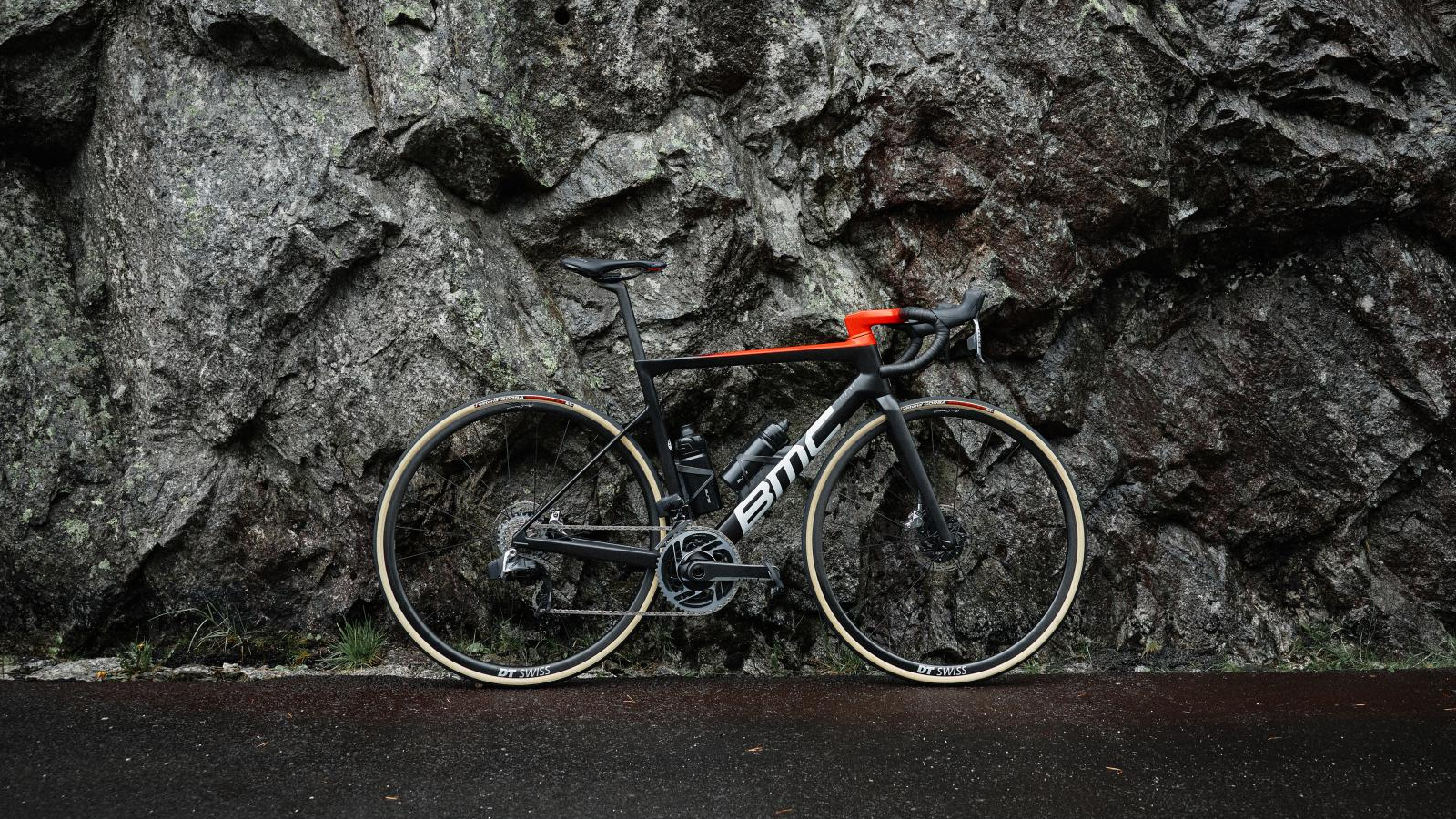
Specifications
Reasons to buy
Reasons to avoid
✅You want clean lines: BMC's bikes are among the sharpest looking out there
✅ You want a stiff platform: BMC offers pro-level power delivery for snappy acceleration
❌ You want to swap bars: The Teammachine is compatible with BMC cockpits only
❌ You want a power meter: It's another high spec bike that's not supplied with a power meter
While the latest Teammachine R aero road bike grabs the headlines with its Formula One-derived tech, BMC will continue to sell the Teammachine SLR alongside it as a lighter-weight climber's bike.
Dropping the seat stays for improved comfort and aerodynamics is now a bike-design must-have, but the BMC's commitment to progressive bicycle design is such that it debuted this feature back in 2010 on the Teammachine.
The latest generation Teammachine SLR inherits that bike's DNA but with an integrated cockpit and the usual lighter, faster, stiffer, more compliant combination. It's more aero thanks in part to the bottle cage design, but also the ICS carbon cockpit, although this only comes in two widths and six-length options, limiting adjustability.
BMC's D-shaped seatpost adds comfort - you can fit 30mm tyres if you want more. The frame design offers impressive power transfer thanks to its chunky down tube and bottom bracket, while the stack and reach are in the middle of the pack, making for a not-too-racy ride.
We tested the second-tier spec in our BMC Teammachine SLR01 Two review.
Best for snappy performance
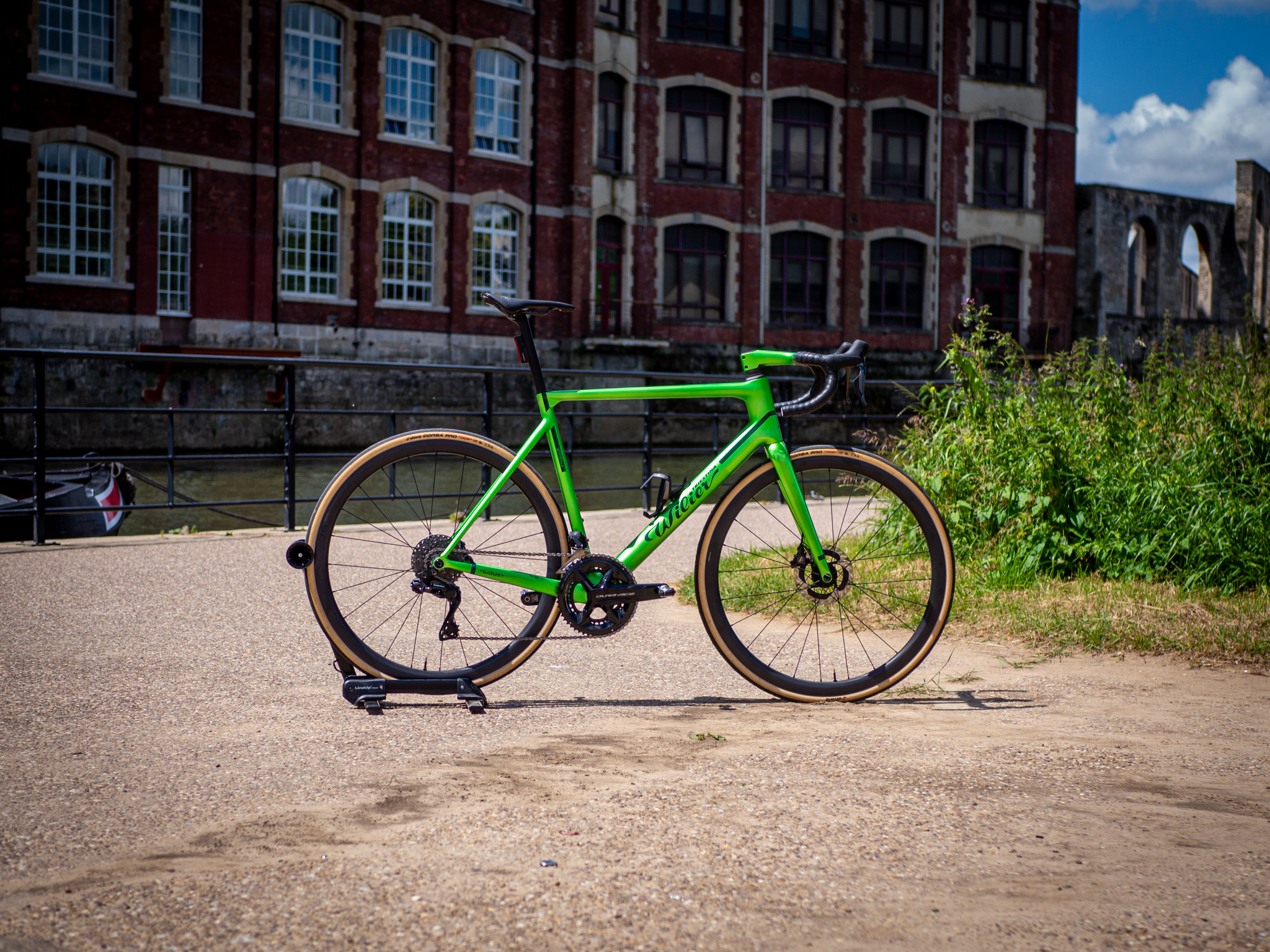
Specifications
Reasons to buy
Reasons to avoid
✅You want stiffness: There's plenty of frame stiffness to please the climbers who like to power up steep inclines
✅ You want a comfortable bar/stem: We got on very well with Wilier's V Bar design which is available in six sizes
❌ You want lighter wheels: The Miche wheels fitted are a little heavier than we would have liked
❌ You want more spec choices: Wilier's spec options are all top tier and so are expensive
Replacing the Wilier 0 SLR, the new revamped Verticale SLR is an impressive lightweight all-rounder, stiff and punchy with aggressive geometry and reassuringly surefooted stability.
The Verticale SLR doesn’t quite have the all-day comfort of the Factor O2 Vam, nor is it quite as fast on the flat as the Wilier’s own Filante. It isn’t even the most lightweight bike on the market, with both the Tarmac SL8 and Giant TCR sitting at a similar weight point without pedals. Despite this though it still packs a punch, offering a nimble and eager acceleration, excelling particularly in both steep technical ascents where its stiffness and light weight are particularly beneficial and instilling confidence on fast twisting descents. It is an extremely enjoyable way to spend a fast afternoon.
A bike that combines modern performance with a traditional aesthetic (notwithstanding the green paint job that surprisingly grew on me), the Wilier Verticale SLR stacks up well against other lightweight bikes and blends high performance with a playfulness that you don’t often get in such seriously competitive bikes.
Check out our Wilier Verticale SLR review for more details.
Also consider

Specifications
Reasons to buy
Reasons to avoid
✅You want aero and low weight: The Madone Gen 8 is arguably one of the best on the market at combining both
✅ You want head-turning looks: The IsoFlow seat tube and Trek's graphics demand attention
❌ You want a less pro ride position: The geometry is aggressive for the amateur
❌ You want round bottles: The aero bottles are a significant contributor to the aerodynamics
Skinnier, lighter, faster and more aero than its predecessors, Trek’s new Emonda-killing Madone Gen 8 is claimed to be one of the best ultra-lightweight climbing superbikes, and the new upgrades certainly point to it being a formidable climber.
Riding the Ultegra Di2-equipped SLR 7 we found it blisteringly fast on the flats and exceptional on descents, with the IsoFlow system significantly improving the ride quality by maintaining a connection to the road without compromising comfort, a distinct improvement over earlier models. In a nod to gravel versatility, the Madone has upped the tyre clearance from 28mm in previous iterations to an impressive 33mm.
In the top-spec SLR 9, Trek has managed to hit the 7kg mark, integrating an exceptional stiffness we couldn’t have dreamt of even 5 years ago. It’s a great all-rounder as a race bike, bridging the gap between the needs of some of the best of there world’s athletes and normal everyday enthusiasts.
Read our review of the Trek Madone Gen 8 SL7.

Specifications
Reasons to buy
Reasons to avoid
✅You want clean looks: As with the Aethos, the seat stays aren't lowered, but the R5 does get internal cables
✅ You want race-level handling: The R5 rides like the pro bike it is
❌ You want a proper lightweight road bike: Although the 7.39kg weight isn't heavy, it's considerably weightier than the best lightweight road bikes.
❌ You want wider specced tyres: Our test bike had 25s, although there's space for 35mm tyres
The Cervelo R5's latest makeover has resulted in a 16 per cent reduction in frame weight to a claimed 703g. It is also perhaps the only bike to have got less stiff in its latest iteration, Visma-Lease a bike for riders demanding more comfort. Although pedalling efficiency hasn't decreased, the new headtube and fork design are claimed to increase compliance.
Otherwise, the R5 has the classic looks of a road bike, even as other bike makers have moved on to dropped stays, and despite the slightly retro looks, this is still a high-performance bike.
The frame is electronic groupset compatible only and tyre clearance is now 34mm. Carbon wheels come from sister brand Reserve, with a claimed weight of 1,300g a set.
Read our Cervelo R5 review
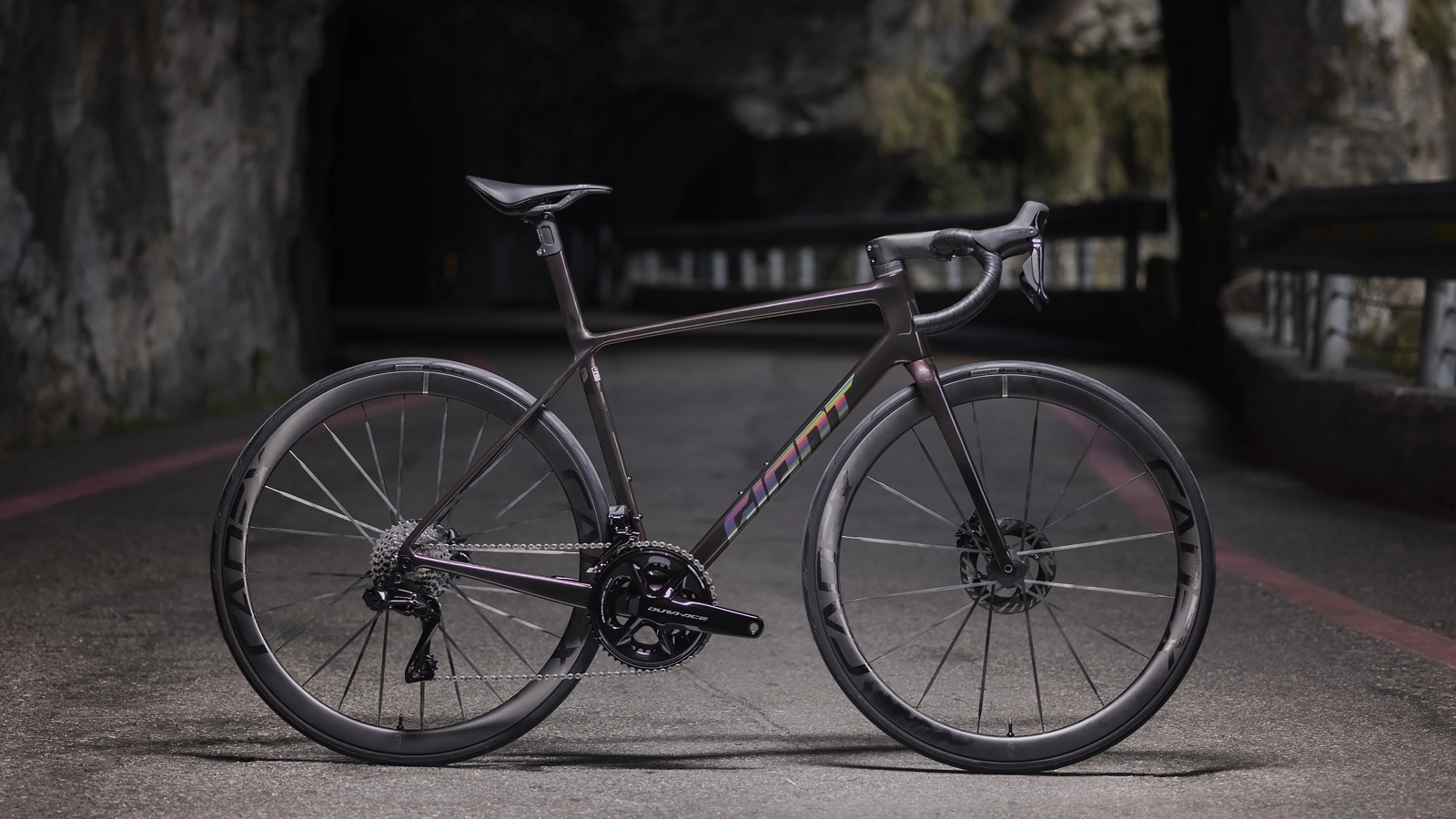
12. Giant TCR Advanced SL
Specifications
Reasons to buy
Reasons to avoid
✅You want plenty of spec options: With three frame grades and a multitude of specs, there's a TCR for everyone
✅ You want a back story: The TCR is one of the longest-running bike models, debuting in 1997
❌ You want more aero or more comfort: The TCR is rather squeezed by Giant's Propel and Defy
❌ You want a seatpost: The seatmast on the top spec TCRs makes packing the bike harder
The Giant TCR has been around for a long time now and has taken all manner of victories on the road in this time.
In 2024, Giant updated the TCR platform and as we reported at the time time, we felt it was a case of 'If it ain't broke, don't fix it'. The 10th generation TCR received integrated front cabling, as well as lowering weight and becoming more aero. Tyre clearance was also boosted as well as the frame stiffness-to-weight ratio. So think of a programme of improvements across the board rather than dramatic changes.
Giant offers a whole suite of TCR models and three levels of carbon fibre. Specs go from the TCR Advanced via the TCR Pro right the way up to the top-end Advanced SL models ridden by the pros.
We are very familiar with the TCR family and have tested many of the range's previous models and the new bike follows the same recipe as the previous generation.
How to choose
If you're looking for the best lightweight bike, here are the factors we think you should consider:
- How much do you want to spend? Many of the lightest bikes now command prices over £10,000 / $10,000. Lower specs cost a lot less, but are heavier. Often it's the stuff bolted onto the frame that adds the weight. That's upgradeable and the raw frame weight may not be much greater than for the premium offering.
- Do you have cash to spare for upgrades? Opt for a lower spec and it may be quite easy to shed several hundred grams with a wheel upgrade, lighter saddle and other swap-outs.
- How low do you need to go? Unless you're into hill climbing, ultimate low weight may not be that important. For general riding over mixed terrain, the difference between a 6.8kg bike and a 7.8kg bike may not feel that significant.
- Do you really need a lightweight bike? As outlined in the FAQs below, in general aerodynamics are more significant than low weight if you want to save time. Unless you ride somewhere with lots of hills, a more aero bike may be a better choice, even if it's heavier.
Lightweight bikes: Frequently asked questions
What's the significance of the 6.8kg UCI weight limit?
With the UCI weight limit seemingly stuck at 6.8kg, 'lightweight' has been largely defined at that point, and brands have been able to focus their attention on improving other areas of the bike, instead of simply chasing grams in a race to the bottom (although, naturally, that is still a thing).
Where aero bikes often have to make compromises on things like ride quality, fit and user-friendliness in pursuit of all-out speed, lightweight road bikes have tended to become the all-rounders of road cycling, with development focused more on these important, but often undervalued characteristics.
Such are the improvements in these areas that many WorldTour pros still choose to ride lightweight bikes over their sponsors' aero-bike offerings, despite the apparent penalty in aerodynamic efficiency.
That's changing a bit now though, thanks to a relaxation of another UCI rule on frame tube profiles. This has allowed bike makers to develop aero road bikes that once again offer an edge over an aero all-rounder, in many cases without much of a weight penalty.
When does a lightweight bike make the difference?
The data tells us that aerodynamic bikes are faster on flat and rolling courses and on all but the steepest climbs. But let's be honest – the hills are still where it really counts. The important Strava segments are, generally, not boring sections of flat or rolling road, they’re hills, and, on the proper hills (once you dip below about 15km/h), lower weight still beats aerodynamics.
Most of the best lightweight bikes now sport disc brakes. Rim brakes have long been favoured because of the difference in weight, but the gap has narrowed considerably, to the point where disc brake-equipped bikes are regularly skimming or bettering the 6.8kg limit.
Should I choose a lightweight bike over an aero bike?
The good news is that today you don't have to choose - many lightweight bikes are also aero. To keep their weight down, they may not have quite such developed aero features as the best aero road bikes, but many brands' lightweight bikes have aero tube profiles.
Couple that with aero seatposts, integrated one-piece cockpits and deep-section lightweight wheels and you don't have to sacrifice watts on the flat to save watts on the climbs.
On the other hand, there are now plenty of aero bikes that are not that far off the UCI's magic 6.8kg, so you've got even more lightweight choices. A full-on aero bike will still be the more rapid option if you want to ride fast though.
Does a lower weight provide a tangible difference?
Perhaps more crucially, lightweight bikes still retain the power to impress your friends or family members, because weight is tangible. Show them an incredibly expensive aero bike and the first thing they'll do is pick it up and complain that, "It's quite heavy… How much did you say this cost?"
By the time you've started explaining that "over a typical 40km rolling course, performance modelling shows that this bike is 45 seconds faster at 50kph than an equivalent lightweight bike…" they'll likely have lost interest and wandered off, thinking that you got royally ripped off.
A lightweight bike provides an obvious tangible difference, and, sometimes, that provides a greater psychological benefit than the few intangible seconds offered by manufacturers. It's fair to say most of us will still get excited by a really light bike.
Do I need to spend a fortune on a lightweight bike?
Unsurprisingly, carbon fibre dominates the scene for lightweight road bikes. Its unique, tunable characteristics make it the perfect material for making light and stiff bikes that excel when pointed uphill. The downside is that these lightweight frames and components tend to come at an exorbitant cost.
As the great Keith Bontrager once said: "Strong, light, cheap. Pick two." That said, if the UCI limit is what you're looking at, you don't necessarily need to buy the top-of-the-range model these days, which will often actually be lighter than the UCI's minimum weight limit. Some brands are even able to offer builds with Shimano Ultegra that can still hit the 6.8kg benchmark; just don't expect them to be particularly cheap.
Of course, bikes are readily discounted, so it's worth taking a look at our roundup of the best road bike deals to find the best bike-to-price ratio.
How we test
We've ridden the majority of the bikes above and reviewed them for Cyclingnews, so you can read our in-depth assessment of their qualities - and a real-world weight figure that's independent of their maker.
Our reviews are based on extensive riding in a variety of conditions and over different distances and terrain, usually over a period of months. We'll make a detailed assessment of the ride and compare it and the bike spec to the competition. All our testers have extensive cycling experience, often including working in bike maintenance, so we'll also asses how easy the bike is to live with.
We keep a scorecard across a range of factors to arrive at our conclusions, which we show you at the bottom of our published reviews, so you have transparency on the testing process.
You can read more on our How We Test page.
The latest race content, interviews, features, reviews and expert buying guides, direct to your inbox!
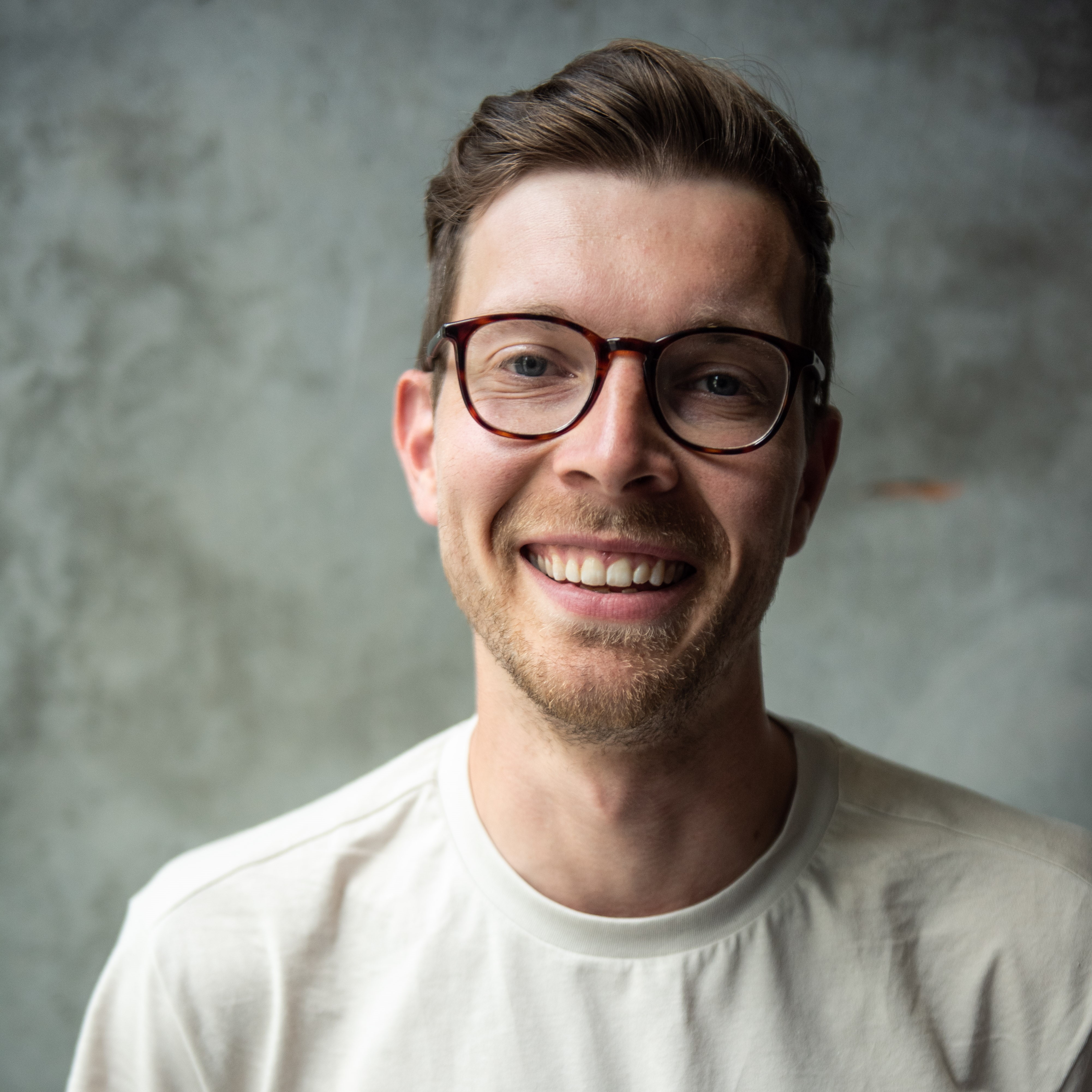
Josh is Associate Editor of Cyclingnews – leading our content on the best bikes, kit and the latest breaking tech stories from the pro peloton. He has been with us since the summer of 2019 and throughout that time he's covered everything from buyer's guides and deals to the latest tech news and reviews.
On the bike, Josh has been riding and racing for over 15 years. He started out racing cross country in his teens back when 26-inch wheels and triple chainsets were still mainstream, but he found favour in road racing in his early 20s, racing at a local and national level for Somerset-based Team Tor 2000. These days he rides indoors for convenience and fitness, and outdoors for fun on road, gravel, 'cross and cross-country bikes, the latter usually with his two dogs in tow.